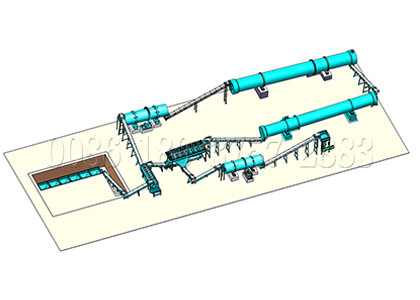Classification and characteristics of composting systems
The classification of composting systems is rich and diverse due to different factors. Some people divide the composting system into static composting system and dynamic composting system according to the movement of the stockpiling. Some people are divided it into simple composting and mechanical composting according to the complexity of the mechanical equipment used in the composting process.
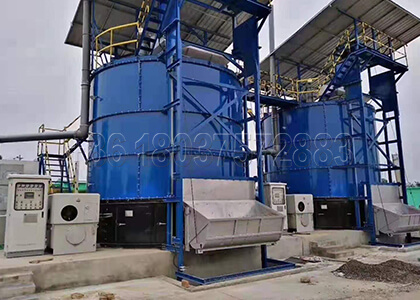
Systems employing reactors are often referred to as “mechanical”, “closed” or “container” systems, and systems without reactors are referred to as “open” systems. Composting systems can also be classified according to reactor type, material flow characteristics, type of tumbling, and oxygen supply.
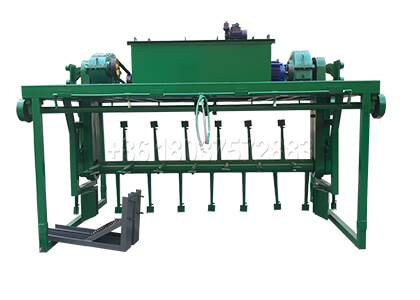
According to the complexity and use of composting technology, there are three main types of composting systems: strip windrow type, static type and reactor system. Among them, the composting of fertilization mainly maintains the aerobic state in the pile by manual or mechanical periodic turning and natural ventilation; compared with the composting of the strip, the static compost does not turn over the material during the composting process, and can be more effectively Ensure that the heap reaches high temperatures and pathogens are inactivated, and the composting cycle is shortened; reactor composting is carried out in one or several vessels, and ventilation and moisture conditions are better controlled.
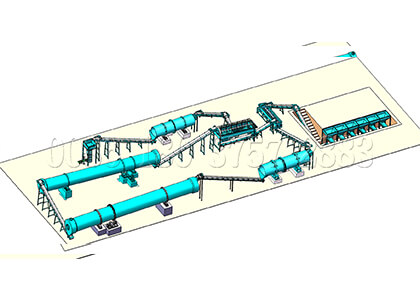
Composting Process

Reactor Composting
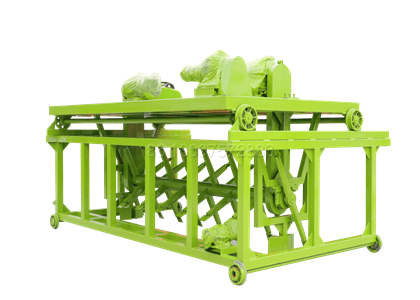
Groove Composting
